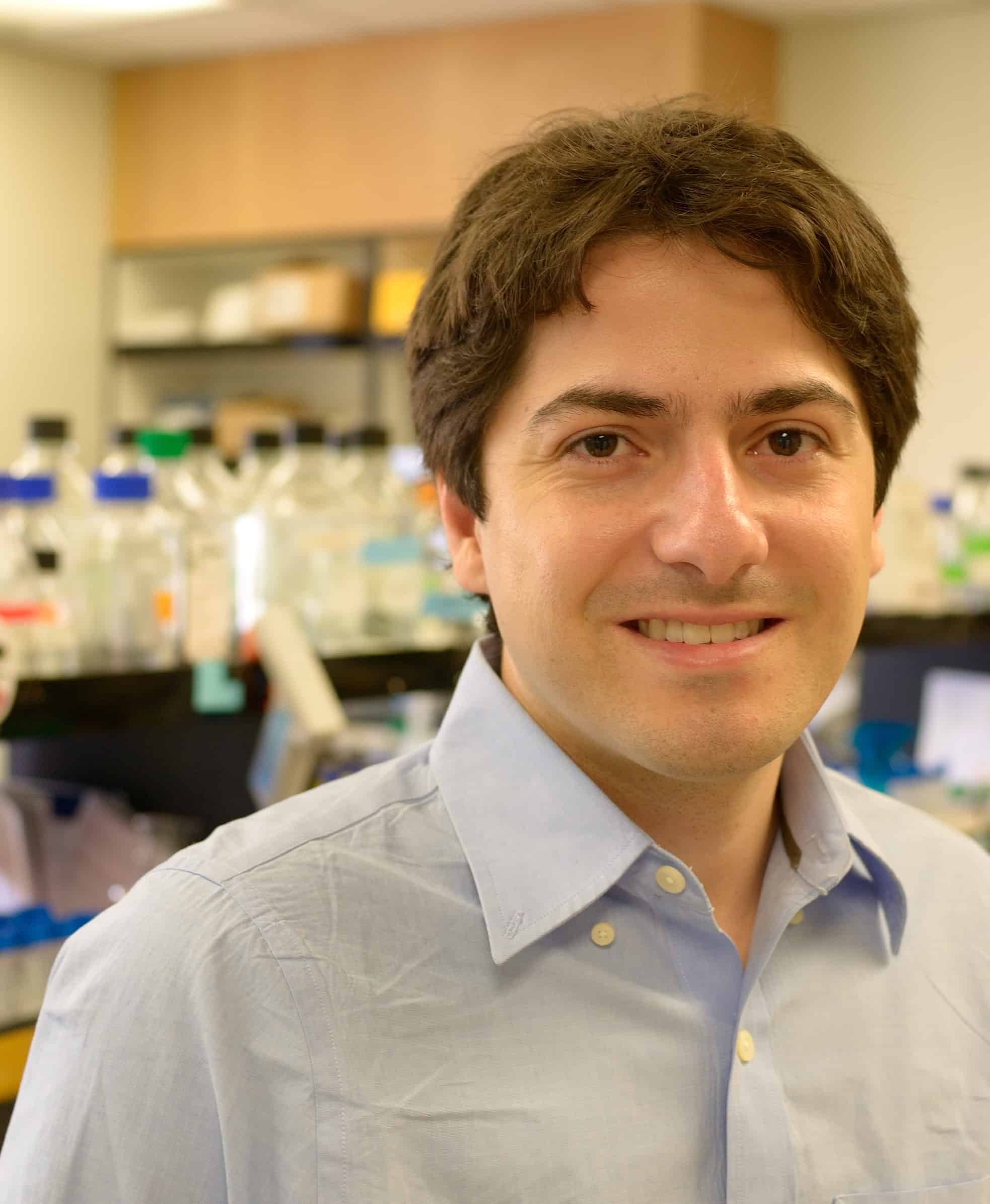University of Toronto scientist Dr. Daniel De Carvalho and a team of Canadian researchers have classified the incurable brain cancer, atypical teratoid rhabdoid tumour (AT/RT), into three distinct subgroups, treatable with drug targeting and precision medicine. This discovery opens up a new field of cancer treatment for those affected by AT/RTs — primarily children — and gives hope to cancer researchers in pursuit of further knowledge about the disease and potential cures for it.
AT/RTs are a rare cancer affecting children primarily under the age of three, and has no isolated cause. It occurs mostly in the brain, affecting the cerebellum and brainstem, but may also be found throughout the central nervous system, including the spinal cord.
Signs and symptoms vary from patient to patient, but generally include brain swelling and headaches. As AT/RTs may be localized to the cerebellum, they can also alter balance control and movement, and can affect breathing rate, heart rate, and muscle use in a variety of everyday tasks. AT/RTs tend to affect very young children, and are often fatal.
Treatment usually involves a range of standard cancer treatment procedures, including radiation therapy, surgery, chemotherapy, as well as stem cell transplant, to eradicate the tumour from the body or to relieve the majority of the painful symptoms.
The most recent clinical trials related to AT/RTs have shown that a mutation in a gene that causes the tumour’s uncontrollable growth is also found in 20 per cent of all cancers, including adult cancers in major organs.
Currently, researchers in several countries are testing the effectiveness of different drugs on AT/RTs as well as on other related cancers, with the hopes of identifying more drug targets for AT/RTs in the body.
The research done by De Carvalho and his team involved analysis of the epigenomics of various samples of AT/RTs. They found that AT/RT subgroups could be classified according to the external genetic factors influencing them, rather than by their internal characteristics. The researchers also found that one subgroup interacted specifically with two drugs which hinder cellular coordination.
AT/RTs grow rapidly within the body, and due to their occurrence in very young children, efficient treatment methods are necessary. With the goal of increasing survival and cure rates of patients with AT/RT cancer, De Carvalho’s discovery of the distinct AT/RT subgroups and of potential drugs that may target them could be significant for the development of new and better treatments.
De Carvalho’s future research plan involves developing new drugs, finding new targets within each AT/RT subgroup, and determining approaches to treating AT/RTs that will help patients individually and improve patient outcomes in the most efficient way.
Precise drug treatments along with standard cancer treatments such as chemotherapy and radiation therapy may be used to treat patients and to ensure the best outcome.
Because ATRT is a rare disease with, on average, 100 new cases in children each year, ample funding is not usually dedicated towards research for its treatment.
De Carvalho’s research is groundbreaking not only for ATRT treatment, but also for global cancer research. The classification of ATRT subgroups and knowledge of potential drugs for each subgroup target may lead to precise medical treatment for patients affected by each of the subgroups of ATRT. Precision treatment of this nature may open new doors for cancer research in other areas.
De Carvalho’s research is undoubtedly innovative, and makes the future of ATRT treatment less murky.


